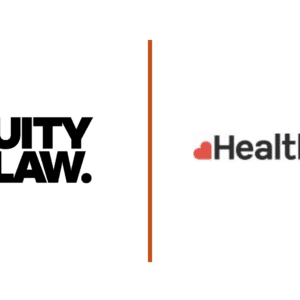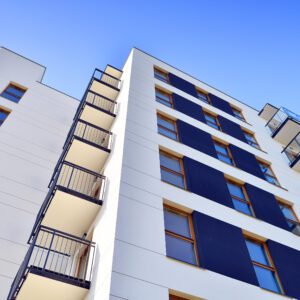The EWS1 Form as a Response to the Cladding Crisis
Author: Joshua Prior
Key Contact: Steve Morris, Gareth Baker & James Williams
The External Wall System Fire Review, more commonly known as the EWS1 Form, Certificate, or Report is proof by a qualified individual of a residential building’s fire safety. The safety is measured by the fire resistance of the external walls. This form is a clear response to the cladding crisis which started with the Grenfell Tragedy in 2017.
The form describes itself as “a set way for a building owner to confirm to valuers and lenders that an external wall system (EWS) or attachments, such as a balcony, on buildings containing flats has been assessed by a suitable expert for likelihood of proportionate remediation to address fire safety risk.”
EWS1s are not a legal requirement for any building, however if the building is one which the Building Safety Act 2022 calls “higher risk” (over 18m or seven storeys tall) then it is likely that a transaction will request one – whether that be buying, selling, or mortgaging. The rationale for this “higher risk” requirement is that the smaller the building (in terms of height) then the smaller the risk of a cladding crisis.
The questions in the form are relatively simple and only ask for the property’s address and then Option A (where no combustible materials are detected) or Option B (where external walls are likely to support combustion). There are then a couple of sub-questions for both with Option A asking whether there is an existing risk assessment or that no combustible materials are present, and Option B asking whether remedial actions are required. Option A can be signed off by various professions (such as surveyors, architects, and engineers), however Option B – due to its severity – will need somebody with a greater expertise in fire risk assessments.
The form is valid for a total of five years from issue but needs a reassessment if there are any significant changed to the external building (for example, balconies).
If you wonder whether your building or property transaction requires an EWS1 Form, please speak to one of our Real Estate Lead Partners, Gareth Baker and Steve Morris, or our Construction Partner James Williams.






